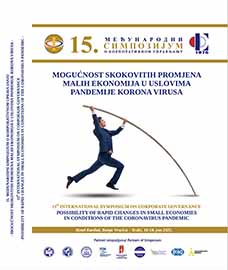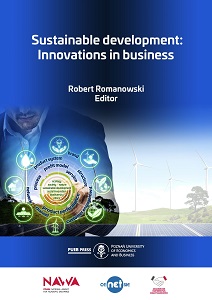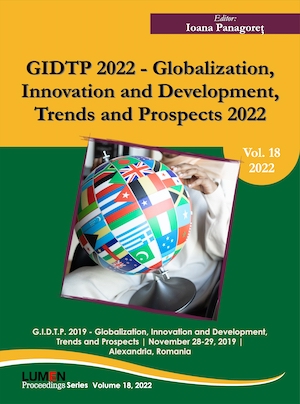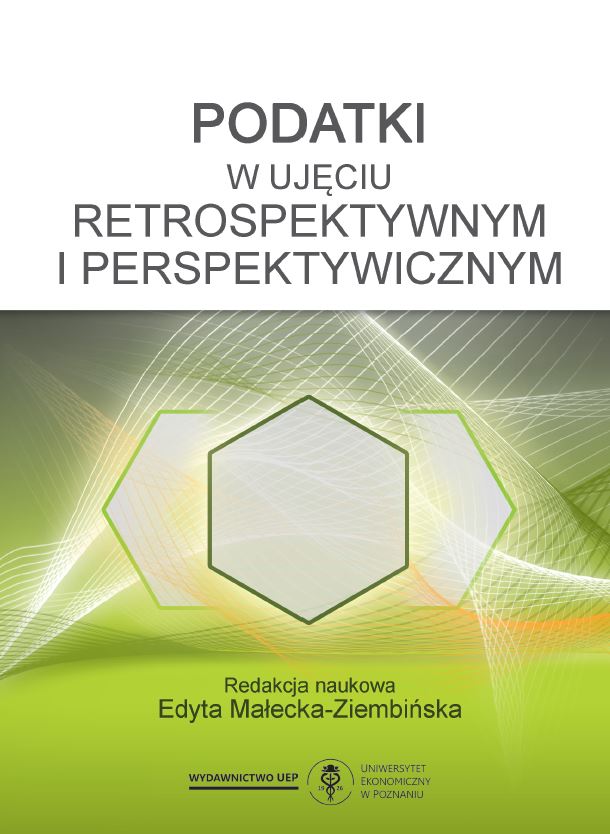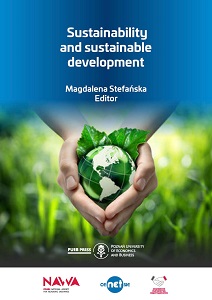
Sustainable development in accounting
The purpose of this chapter is to present and discuss the essence and importance of accounting in the concept of sustainable development. Considerations are particularly focused on reporting CSR issues. The growing importance of the idea of sustainable development and the concept of Corporate Social Responsibility that arose on its basis, gave rise to the need for accounting systems to develop solutions enabling the provision of information on the methods and results of implementing these concepts in entities operating on the market. The interest in accounting with regard to the area of sustainable development has contributed to the development of vocabulary related to measurement, calculation, disclosure, reporting and verification of information on the activities of units for sustainable development. Reporting on Corporate Social Responsibility (CSR) is still largely voluntary and non-standardised. However, there are various international organisations that develop frameworks and voluntary standards for non-financial reporting, the so-called Social Reporting Standards. The most important EU legislative initiative in the field of disclosure concerning environmental, social and corporate governance information is Directive 2014/95/EU of the European Parliament and Council from 22 October 2014 amending Directive 2013/34/EU as regards disclosure of non-financial and diversity in formation by certain large undertakings and groups. The combination of financial information (financial statements) with non-financial information relating to the environment, society and corporate governance is included in the integrated report. In Poland, the requirement to present non-financial information related to CSR was introduced by the Accounting Act. Polish companies should prepare a separate report—“Statement on nonfinancial information”. In 2017, the Polish Standard of Non-Financial Information (SIN, 2017) was published to help enterprises fulfil their obligations under the EU Directive.
More...
